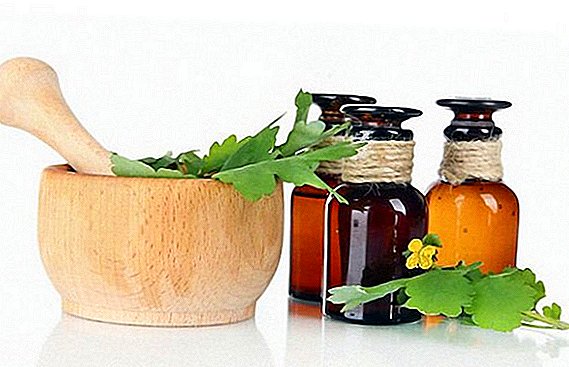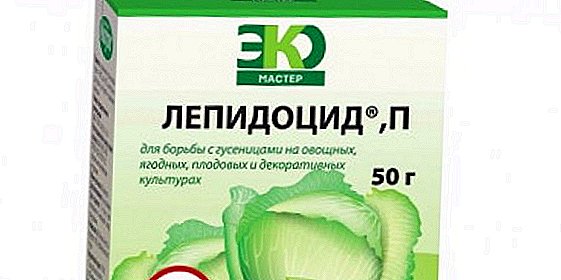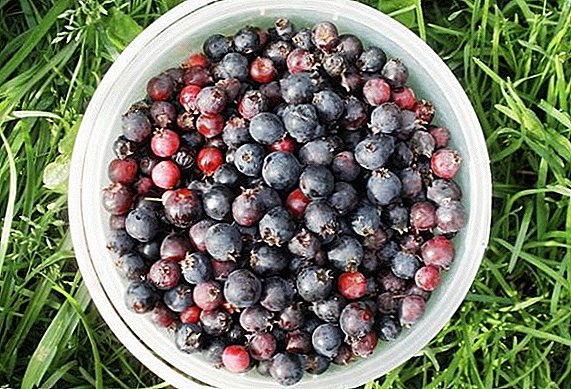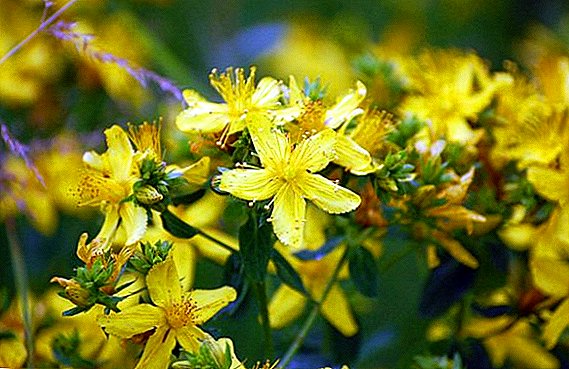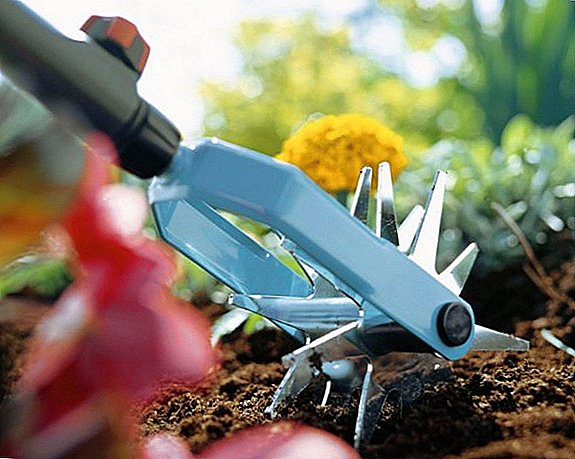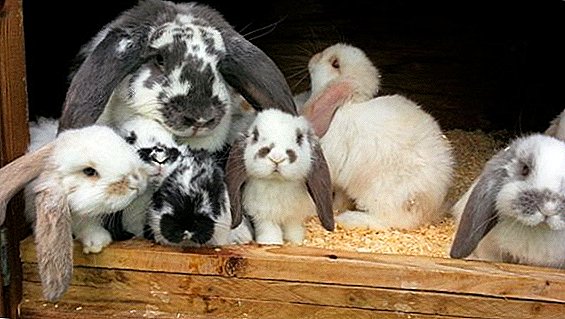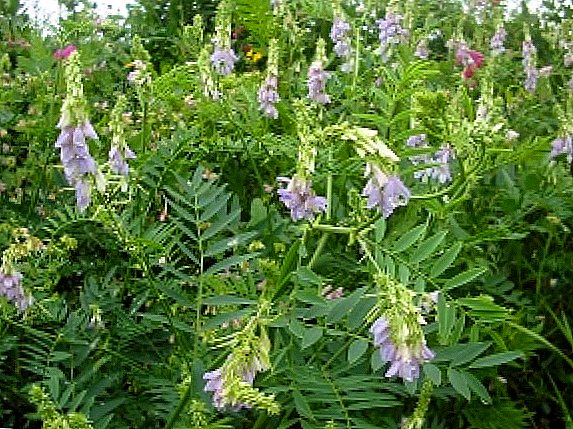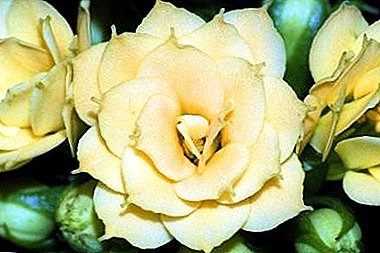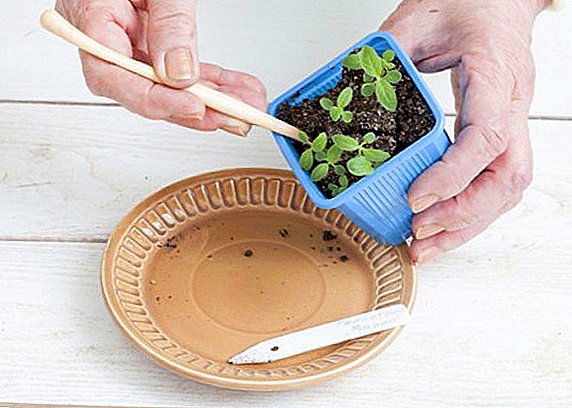 Almost all lovers of indoor plants are aware of unpretentious petunias. It can often be found in parks, squares, seen on balconies and loggias. In the open air usually planted simple petunia. Terry varieties under the influence of wind or rain quickly fade and lose all their beauty. Growing petunias at home and caring for her is easy to do; you just need to follow some rules. Therefore, in order for the plant to please the eye and give beauty, you should know how to grow petunia at home.
Almost all lovers of indoor plants are aware of unpretentious petunias. It can often be found in parks, squares, seen on balconies and loggias. In the open air usually planted simple petunia. Terry varieties under the influence of wind or rain quickly fade and lose all their beauty. Growing petunias at home and caring for her is easy to do; you just need to follow some rules. Therefore, in order for the plant to please the eye and give beauty, you should know how to grow petunia at home.
Did you know? There are more than 40 species of petunias, which differ not only in the color of the buds, but also in the shape of the plant itself.
Petunia ampelous and cascade
 One of the most famous and common varieties of petunia has become ampelous The branches of ampelous petunia are showered with beautiful buds and gracefully hang down. This petunia is planted in pots and hung on loggias and balconies. But before embarking on disembarking, one should study how to form ampelous petunia. To form a petunia, you need to pinch the tops of the shoots - this will enhance their growth, and the plant will be more lush and well-groomed.
One of the most famous and common varieties of petunia has become ampelous The branches of ampelous petunia are showered with beautiful buds and gracefully hang down. This petunia is planted in pots and hung on loggias and balconies. But before embarking on disembarking, one should study how to form ampelous petunia. To form a petunia, you need to pinch the tops of the shoots - this will enhance their growth, and the plant will be more lush and well-groomed.
Cascade Petunia lands on verandas, arbors, loggias and balconies. She, like the ampelous one, produces long shoots that are 1.5 m long. Cascade petunia differs in that its shoots are thicker and grow not only downwards but also upwards. So, one plant can create a whole blooming flower bed with a diameter of more than 2 m.
Breeding petunias
Almost all varieties of petunias multiply by seed or vegetatively - cuttings. The easiest and most popular way is planting petunia seeds. However, when someone gets to grow a petunia seedling, you should know a few important rules for sowing and caring for a young plant.
Important! Do not collect seeds from growing or fading petunias. Today, all petunias are hybrids, they can be pollinated by pollen of other varieties and plants. From their seeds, most likely, completely different flowers will grow, or they will not grow at all.
Growing petunia seedlings from seed
Petunia seeds are sown in March. If you want it to bloom earlier, then sow in February. When sowing, be guided by the time of flowering of different varieties of petunia. So, small-color varieties will bloom in 70-75 days, large-color - in 85-90 days.
 The land for petunia seedlings should consist of peat, garden soil and sand in a ratio of 2: 1: 1. This mixture should be sieved and steamed for an hour: this way you will get rid of possible diseases and weeds. After preparing the ground for seedlings, you can begin sowing. Seeds should be scattered over the surface of the earth and covered with a film or glass.
The land for petunia seedlings should consist of peat, garden soil and sand in a ratio of 2: 1: 1. This mixture should be sieved and steamed for an hour: this way you will get rid of possible diseases and weeds. After preparing the ground for seedlings, you can begin sowing. Seeds should be scattered over the surface of the earth and covered with a film or glass.
Important! Do not fill the seeds with soil, as light stimulates their growth.The temperature for normal maturation of seedlings should reach + 22 ... + 24 ° С, and humidity - 95%. Under all conditions, the seeds will germinate in two weeks. Be sure to spray them every day, and gradually reduce the temperature to 20 ° C.
 As soon as young sheets appear, the glass or film must be removed. Four weeks later, when they get stronger, the saplings dive into cups or pots. After the appearance of 4-5 leaves, seedlings need to pinch. So that the plant was beautiful and pleasing to the eye, it is necessary to properly cultivate and care for petunias.
As soon as young sheets appear, the glass or film must be removed. Four weeks later, when they get stronger, the saplings dive into cups or pots. After the appearance of 4-5 leaves, seedlings need to pinch. So that the plant was beautiful and pleasing to the eye, it is necessary to properly cultivate and care for petunias.Reproduction of petunia cuttings
Reproduction by cuttings is carried out from February to May. But while maintaining a favorable temperature (+ 20 ° C) it can be done all year round. Before grafting, it is necessary to determine what kind of soil petunia loves - it should be loose, fertile and moisture-intensive. When the soil is selected, it is poured into special trays for seedlings, where cuttings are planted.
The cuttings are cut at an angle from the mother plants. Their length should be 5-10 cm with 4-6 leaves. Leaves should be carefully cut, leaving only the top two. Once prepared, the stalk should be planted immediately на in length. The cuttings are grown under the film at a temperature of + 20 ... + 24 ° С. Rooted stalk in 5-10 days. Caring for them is the same as for seedlings.
How to dive petunia
In order to properly dive the petunia, you will need: tanks for transplanting (peat cups, pots, etc.), a shovel or knife, a sprayer, a special substrate for petunia.
- In the prepared substrate, which you covered in a container for the plant, you need to make a recess with a spatula. Pour water into the hole.
- Stepping back from the stem of a plant 0.5 cm, carefully pull it out with a knife, trying not to damage the root.
- Transfer the petunia to a specially prepared container and put it in the recess.
- After that, you need to gently sprinkle with the substrate and tamp.
- Sprinkle the plant with water.

Petunia Care
Although petunia is considered an unpretentious plant, you need to take care of it. In order for it to please the eye with beautiful flowers and lush forms, minerals, trace elements, nutrients are necessary. Since June, the plant must be fed with special liquid fertilizers for flowering petunias. If it is not enough to water petunia, it will quickly turn yellow and lose its beauty, therefore the soil should be light and moisture-intensive. Do not forget about the sunlight - the plant should receive it in sufficient quantity. Therefore, choose for his landing sunny side.
Be sure to remove dried flowers and shoots to form new buds. Shorten the side shoots - so they will grow better and maintain the shape you need.
Did you know? Sometimes petunia suffers from chlorosis - this is the yellowing of the leaves due to a lack of minerals or moisture.
Top dressing of seedlings of petunia and flowering plants
 When you notice that 3-4 leaves have appeared at the seedlings, the plants should be fertilized. What kind of petunia should be dressing? You can use the fertilizer "Crystal" or any other universal means. A week later, feed the petunia with a special fertilizer with nitrogen, using a sprayer. Also, do not forget to fertilize it with potassium from time to time.
When you notice that 3-4 leaves have appeared at the seedlings, the plants should be fertilized. What kind of petunia should be dressing? You can use the fertilizer "Crystal" or any other universal means. A week later, feed the petunia with a special fertilizer with nitrogen, using a sprayer. Also, do not forget to fertilize it with potassium from time to time.
Adult petunia for the prevention of chlorosis is fertilized with iron fertilizer or ammonium nitrate. Thus, petunia can be grown at home. The plant will delight you with its luxurious flowers all summer. The main thing is not to forget to take care of her, water in time, replant and monitor, so that she has enough of useful trace elements.


